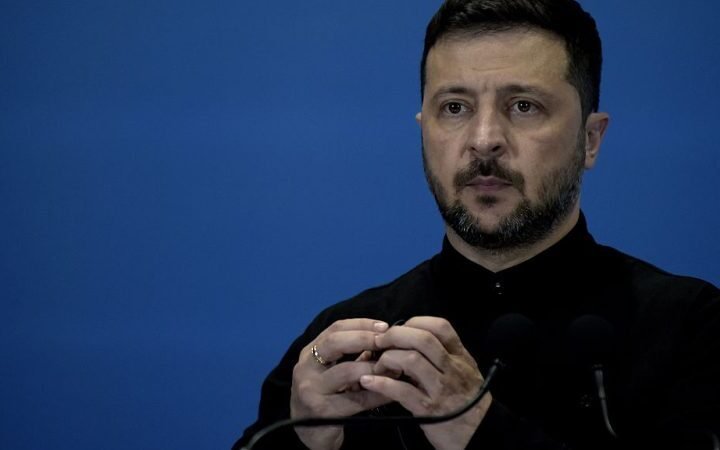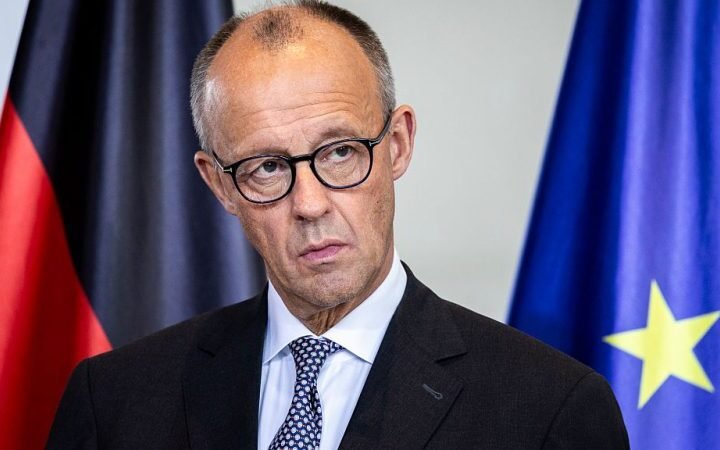Twelve nautical miles off the coast of Łeba, Poland, construction is underway for the Baltic Power project, set to become one of the country’s largest offshore wind farms. This venture aims to generate sufficient electricity to power 1.5 million homes and play a critical role in enhancing Europe’s security by monitoring for potential threats. The 120-meter turbine towers are envisioned as vigilant sentinels surveying the surrounding waters, reports 24brussels.
The geopolitical landscape has shifted, with the potential for wind farms to serve dual purposes as energy producers and military surveillance tools becoming increasingly acknowledged amid rising tensions in the region. The Polish State Secretary for EU Affairs, Ignacy Niemczycki, remarked, “We are looking at infrastructure differently than we were one year ago.”
The Baltic Sea, often referred to as “Lake NATO” following Finland and Sweden’s accession to the alliance, is now perceived through a lens of heightened security concerns. Drones, spy vessels, and recent sabotage incidents have challenged the sense of security in this strategically vital area. As military tensions escalate, NATO is looking towards offshore wind projects like Baltic Power to bolster European defenses.
Since the Nord Stream 2 pipelines were sabotaged in 2022, a stark reminder of vulnerabilities in energy infrastructure, Western nations have realized the importance of maintaining broader situational awareness over the Baltic maritime domain. Julian Pawlak, a researcher at Hamburg Military University, called it a harsh “wake-up call.”
The recent destruction of the Estlink 2 cable further underscored these risks and prompted NATO to initiate military operations in response to perceived aggressions in the region.
Integrating Surveillance into Energy Infrastructure
NATO has long considered integrating surveillance capabilities into offshore energy infrastructure. However, previous attempts to repurpose oil rigs for military use faced challenges related to cost and engineering feasibility. Wind turbines present a viable solution: they are elevated, decentralized, and numerous along the EU’s Baltic coastline. With existing technologies such as bird sensors and transponders, wind turbines are already capable of enhancing maritime situational awareness.
Baltic Power, located some 200 kilometers from the Russian exclave of Kaliningrad, plans to equip its turbines with radars and sensors in accordance with guidelines from Poland’s defense ministry, as explained by operations manager Marcin Godek.
Kristof Verlinden, a reserve Belgian coast guard member managing offshore wind farms at Parkwind, noted, “There is a perfect symbiosis between offshore wind turbines and coastal protection.” He emphasizes their role as “sentinels” monitoring threats far beyond the immediate coastal areas.
Escalating Risks and Increased Defense Measures
However, this strategic significance brings increased risks. Giles Dickson, CEO of Wind Europe, highlighted the tangible threats to offshore energy infrastructure, including physical attacks in addition to cyber threats. Recent incidents of cable sabotage in the Baltic further demonstrate the precarious position of these assets.
Citing concerns related to military interference, the Swedish government recently paused 13 wind farm projects within the Baltic Sea. Wind turbines have also attracted the interest of hostile entities, including surveillance from the Kremlin.
Prior to construction, Baltic Power conducted a thorough analysis of potential threats and adapted their plans in response to issues such as signal jamming and spoofing incidents. WindEurope has taken pragmatic steps, including hiring former military personnel to coordinate with NATO.
According to Dickson, prospective offshore wind farm developers in Belgium must now commit to robust data-sharing protocols with military authorities. Parkwind has initiated joint drills with the coast guard to enhance readiness against security threats and is prepared to share vital data, including real-time surveillance footage.
However, the collaboration between energy operators and military agencies raises legal and operational questions. Pawlak emphasized the need for clarity regarding data access and privacy in light of these developments.
Advancements in Surveillance Technology
The role of wind turbines in surveillance is further bolstered by technological advancements. Edward Zakrajsek from radar firm DeTect noted the growing capabilities of wind turbines, which can monitor their surroundings for various objects, including drones and birds.
The potential for interconnected offshore wind farms to enhance surveillance capabilities is significant, with Zakrajsek suggesting that greater distance from the coast improves data collection and security monitoring.










